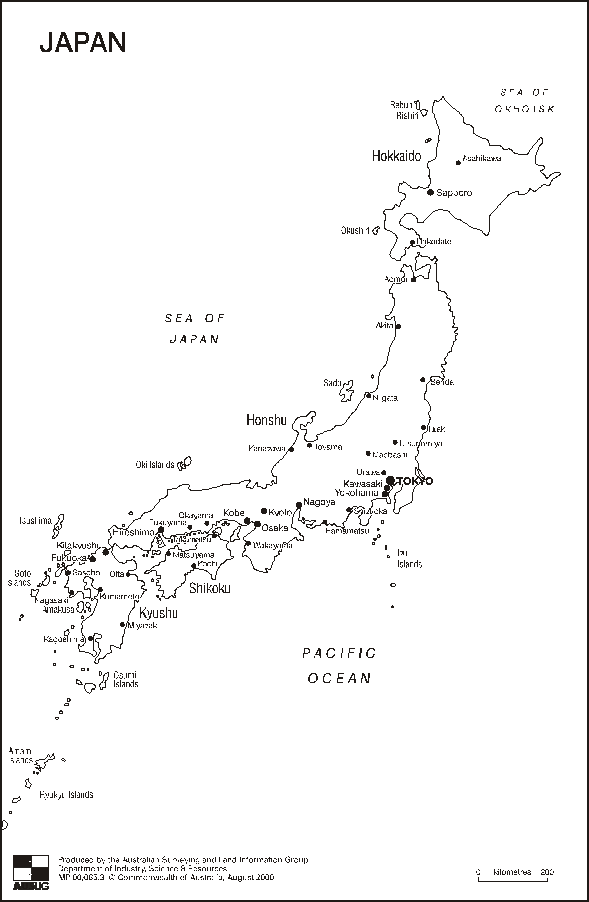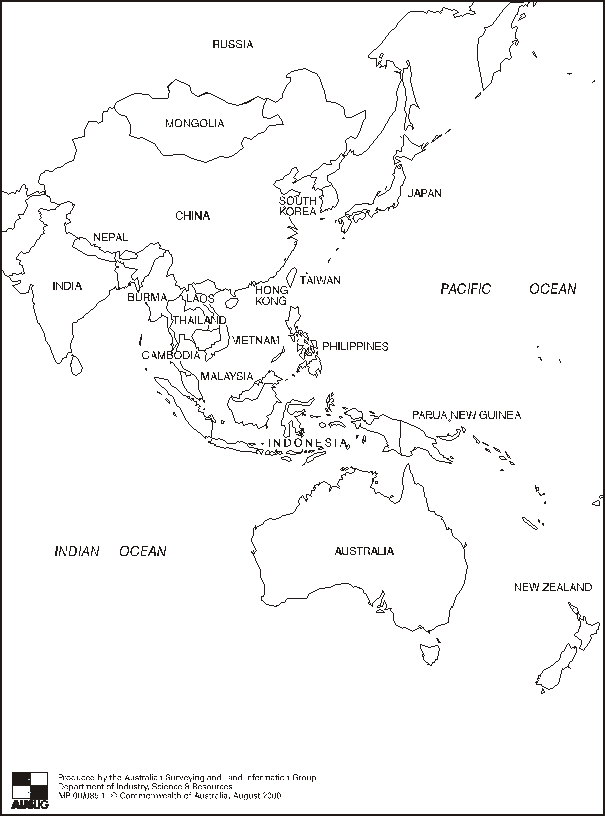Chapter 1 - Introduction
Establishment of the inquiry
1.1
Over many decades, Australia and Japan have
forged a close and mutually beneficial friendship. In 1957, they signed a
Commerce Agreement, which laid solid foundations on which both countries have
built a fruitful and deepening partnership. Twenty years on, the Prime
Ministers of Australia and Japan, wishing to place their relations on an even closer and more
concrete basis, signed a treaty of friendship.
1.2
Both countries also appreciate their important
role in the Asia Pacific region and have a shared desire to see the region
prosper. For many years, Australian and Japanese political leaders, academics
and business people have worked together with those from the developing nations
in the region to foster economic cooperation and to facilitate social progress
throughout the Pacific.
1.3
Today, the partnership between Australia and Japan still stands firm but there are challenges ahead for both countries
in further developing their relationship. Social and economic changes in Japan, the Asian economic crisis and a
dramatically changing global landscape mean that Australia and Japan cannot
take their strong and long-lasting relationship for granted. The time is ripe
for a review of Australia’s
relationship with Japan.
1.4
On 31 March 1998, the Senate referred the
following matter to the Senate Foreign Affairs, Defence and Trade References
Committee for inquiry and report by February 1999:
- Examination of developments in contemporary Japan with respect to:
- contemporary economic conditions, including:
- the impact of low and expected continuing low growth;
- the effect of the Asian currency crisis;
- blockages to economic efficiency and areas of reform in the domestic
economy; and
- trading patterns and the significance of Japan’s growing trade surplus
in its relations with its leading trading partners;
- contemporary political changes, including:
- the changes in the major political parties, the emergence of new parties
and the electoral and structural changes that are occurring;
- the political significance and power of land-holders and farmers in
influencing social and economic progress; and
- Japan’s view of itself in the world and its role in the Asian region;
- significant contemporary changes in Japanese society;
- examination of the implications of the above matter for Australia.
The reporting date was subsequently extended to 17 August 2000.
Conduct of the inquiry
1.5
The Committee advertised the inquiry in all
Australian capital cities and in the Australian Financial Review on 8 April 1998 and in the Australian on 11 April 1998. The advertisement called for
written submissions to be lodged by 12 June 1998. In addition, the Committee
wrote to parties with interests or particular expertise in Japanese affairs
drawing attention to the inquiry and inviting submissions. In all, the
Committee received 64 submissions, details of which are listed in Appendix 1.
All of the written submissions were made public documents.
1.6
Public hearings were held in Canberra, Melbourne, Perth, Sydney and Brisbane over a period of seven months from February to September 1999.
Witnesses were drawn from federal and state government departments, Australian
and Japanese businesses, journalism and academia. Details of these hearings
together with a witness list are contained in Appendix 2. His Excellency, Mr Masaji Takahashi,
Ambassador of Japan, and Mr Kiyokazu Ota, Minister, Embassy of Japan, kindly accepted the Committee’s
invitation to appear before it on 30 August 1999. This hearing took place in
camera.
The Structure of the report
1.7
Because of the wide-ranging nature of the
inquiry, the Committee decided that the report would be divided into two
separate parts. This report—Japan’s Economy: Implications for Australia—forms Part One and deals specifically with the contemporary
economic developments in Japan
and their implications for Australia. The second part will deal with the contemporary political, social
and cultural changes in Japan
and how they affect Australia.
Acknowledgments
1.8
The Committee wishes to express its appreciation
to everyone who contributed to the inquiry by making submissions, providing
information or appearing before the Committee at public hearings. The Committee
would like to extend a special thanks to Ambassador Masaji Takahashi, Mr Kiyokazu Ota and the staff at the Japanese Embassy in Canberra for their interest and invaluable assistance throughout the
inquiry.

Asia Pacific Region

Navigation: Previous Page | Contents | Next Page